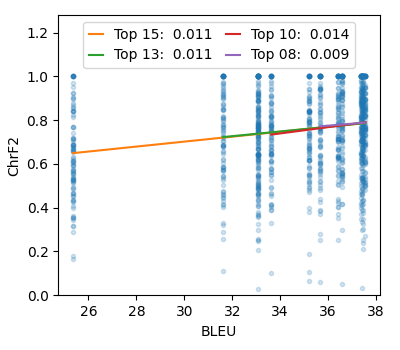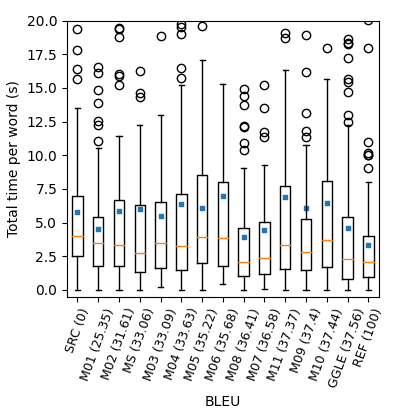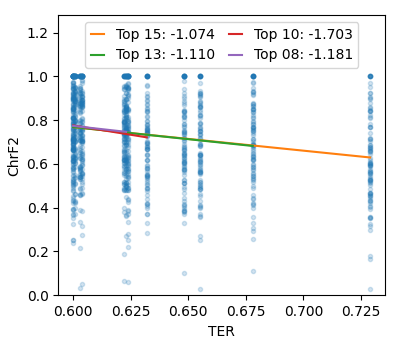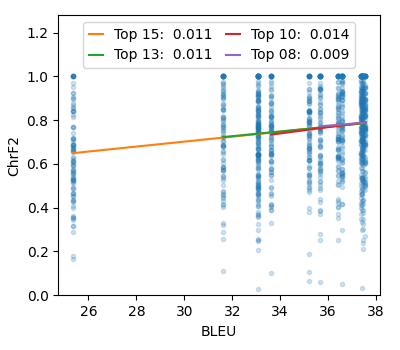We test the natural expectation that using MT in professional translation saves human processing time. The last such study was carried out by Sanchez-Torron and Koehn (2016) with phrase-based MT, artificially reducing the translation quality. In contrast, we focus on neural MT (NMT) of high quality, which has become the state-of-the-art approach since then and also got adopted by most translation companies. Through an experimental study involving over 30 professional translators for English -> Czech translation, we examine the relationship between NMT performance and post-editing time and quality. Across all models, we found that better MT systems indeed lead to fewer changes in the sentences in this industry setting. The relation between system quality and post-editing time is however not straightforward and, contrary to the results on phrase-based MT, BLEU is definitely not a stable predictor of the time or final output quality.
翻译:我们测试了在专业翻译中使用MT可以节省人类处理时间的自然预期。 上一次这类研究是由桑切斯-托伦和科恩(Koehn)用以短语为基础的MT进行,人为地降低了翻译质量。 相反,我们侧重于高质量神经MT(NMT),这自那时起已成为最先进的方法,也为大多数翻译公司所采用。我们通过涉及30多名英文->捷克翻译专业翻译的实验研究,审查了NMT性能与编辑后时间和质量之间的关系。我们发现在所有模型中,更好的MT系统确实导致这一行业设置的句子变化减少。系统质量与编辑后时间之间的关系虽然不是直截了当的,而且与基于短语的MT的结果相反, BLEU绝对不是对时间或最终产出质量的稳定预测。







